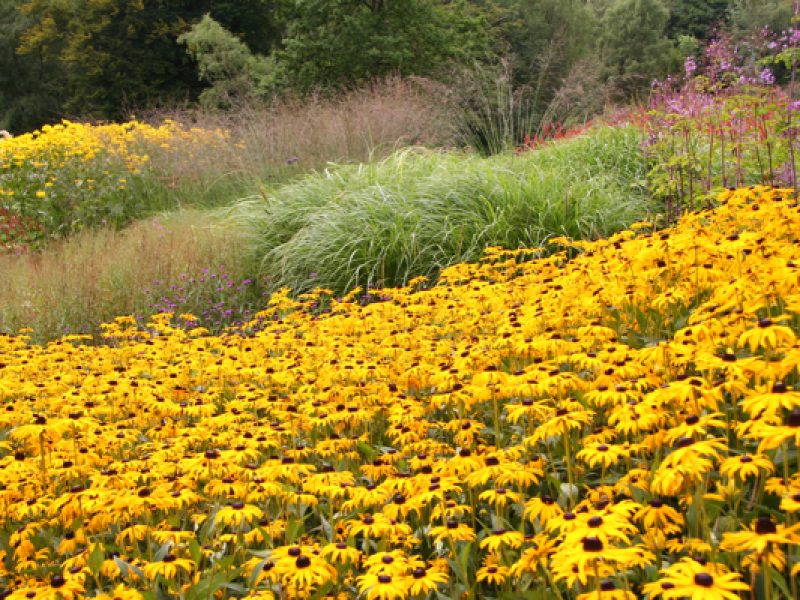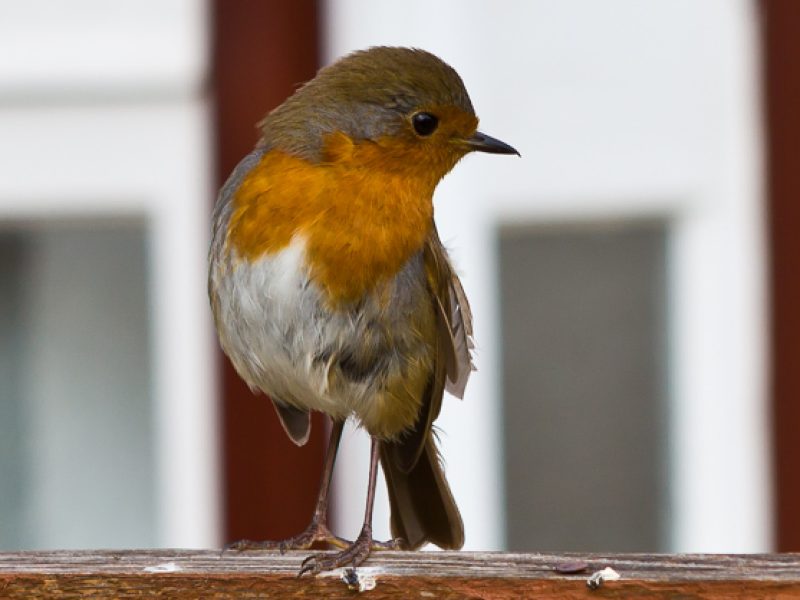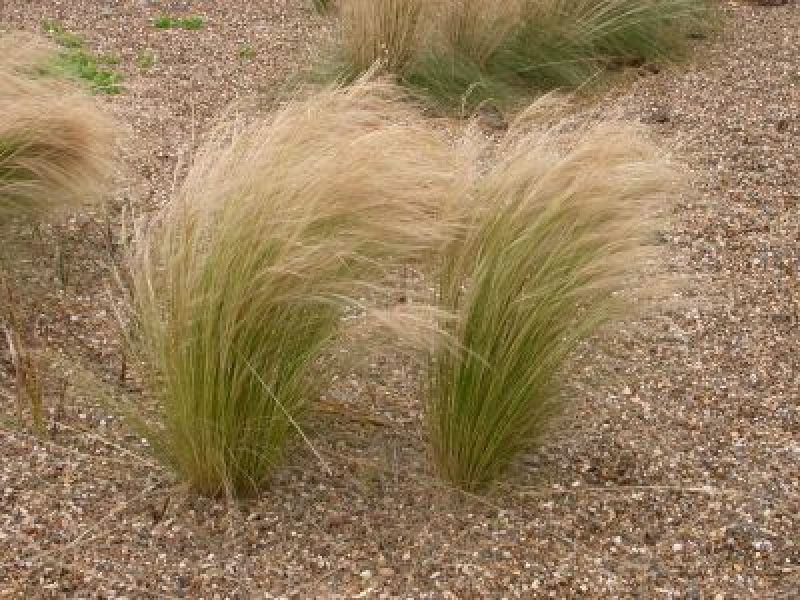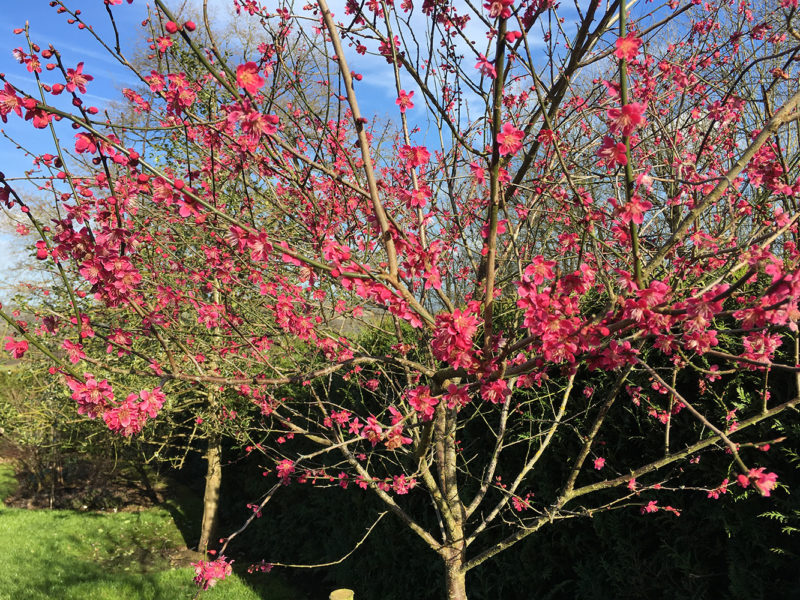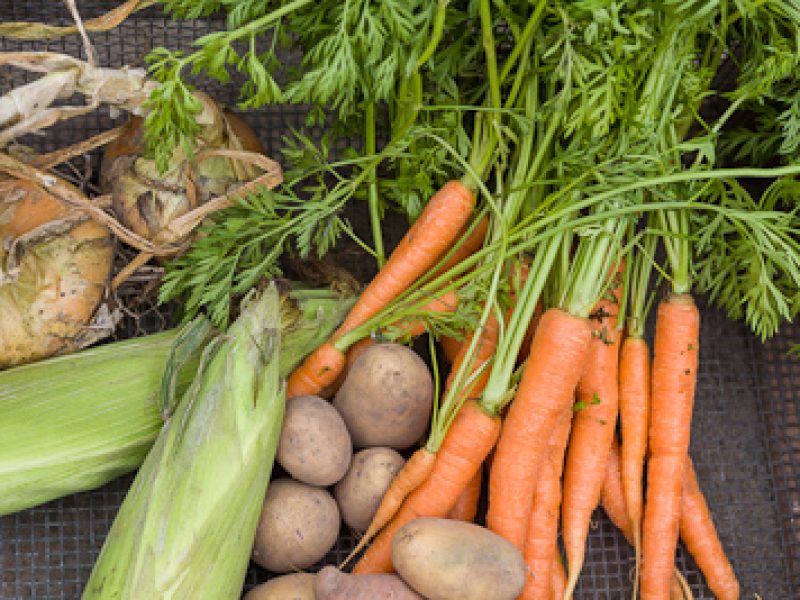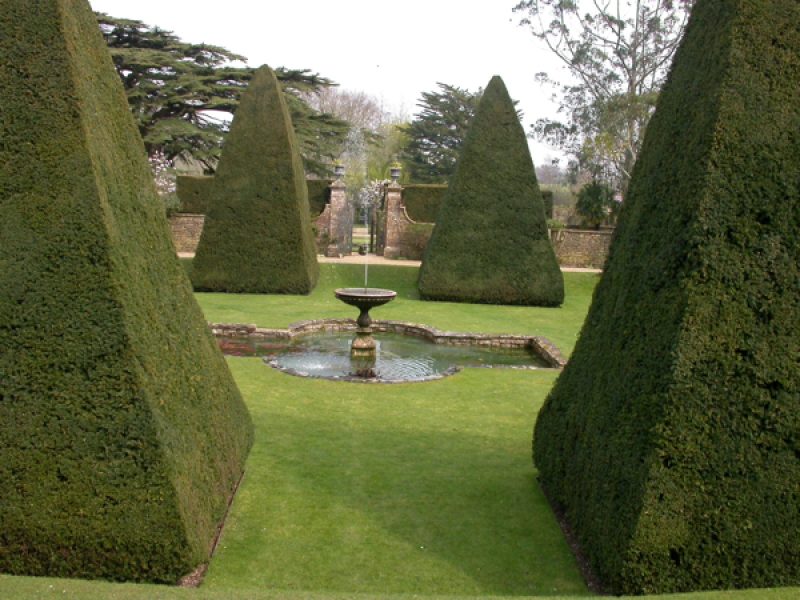It sometimes seems that we are on an endless quest to find plants for seasonal colour, but we shouldn’t forget the dazzling year-round contribution that white flowers make to our gardens. Unsurpassed in their ability to light up shady areas, many bloom through the coldest winter days while others extend the day into night on summer evenings and all bring with them an air of elegance and tranquillity. White flowering plants are high on the list of my clients’ most common requests and here are 5 of my favourites which between them can provide interest in the garden pretty much all year round.
Lamprocapnos spectabilis ‘Alba’ (which used to be called Dicentra spectabilis ‘Alba’) is commonly known as white bleeding heart. With its fresh green, fern like foliage and its dainty heart-shaped flowers suspended from elegantly arching stems, this has to be one of the most delicate and beautiful of all garden plants.
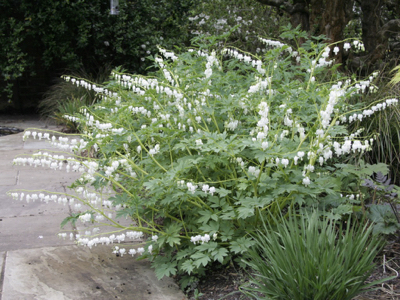
Its natural habitat is the moist soils on woodland margins, which makes it ideal for a shady border. Preferring a humus rich, neutral to alkaline soil, once established it will tolerate fairly dry soils as long it has sufficient shade. It will flower over a long period through April and May and makes a perfect companion for ferns, Brunneras, bluebells and other spring flowering bulbs. Height and spread: 90cm x 45cm.
Garden tips: The foliage dies right back after flowering, so avoid large gaps by interplanting with hostas and ferns (whose own foliage will be spreading at the same time), or with later flowering perennials such as Astilbes.
For a truly spectacular show of white in early summer, Viburnum plicatum f tomentosum ‘Mariesii’ just about steals the show in May when its horizontally tiered branches are lined with wonderful lacecap like blooms, rather like an exceptionally beautiful hydrangea.
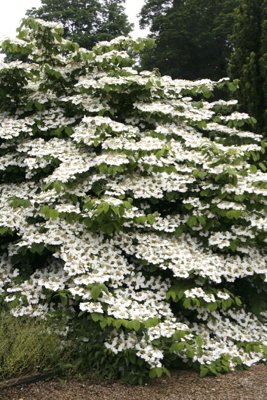
Its deeply veined, dark green leaves turn red/purple in autumn and after they drop, its distinctive horizontal structure continues to provide interest through the winter months. This is an elegant shrub to grow as a specimen or as part of a sunny border, and it works perfectly when underplanted with snowdrops and spring flowering bulbs. It is also quite resistant to the dreaded viburnum beetle. Height and spread: 3m x 4m (so make sure you give it plenty of room to expand, or instead grow one of the smaller varieties available such as ‘Kilimanjaro’).
Garden tips: Pruning of young plants should be kept to a minimum. On established plants, any vertical shoots that threaten to spoil the distinctive tiered shape should be cut back to their point of origin after flowering.
Not all white flowers like to hide in the shade and the scrambling climber Solanum laxum ‘Album’ prefers to be in full sun where it will flower from June right through to the frosts. Its star-shaped, white flowers have tiny yellow centres and a slight scent of jasmine and they stand out well against the green foliage. Tiny purple/black berries form in autumn.
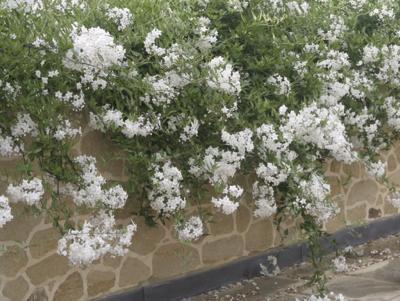
As this climber isn’t reliably frost hardy it should be grown on a sheltered south or west facing wall or high fence. It prefers a moist, fertile, well-drained soil. Height and spread: 6m x 6m.
Garden tips: Prune side shoots back to 3 or 4 buds in early spring and cut any dead shoots back to the base.
One of the most popular and widely grown white flowers which springs to mind, Anemone x hybrida ‘Honorine Jobert’ is still one of the finest and a true classic.
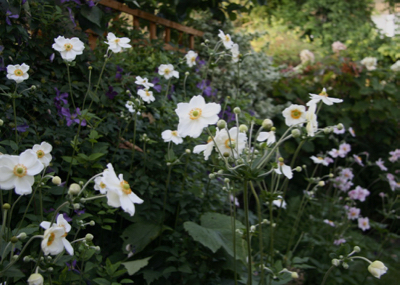
This is one of the late flowering anemones commonly referred to as Japanese anemones – a somewhat misleading name as they actually originated in China.
Round grey/green, pink tinged buds appear in July on wiry, branched stems up to 1.2 metres tall and open to reveal large, cup shaped flowers with pure white petals set off by a bright green centre, fringed with golden yellow stamens. The flowers are produced in succession from August to October, standing sturdily tall, fresh and neat and seemingly unbothered by any inclement autumn weather. They are followed by small, perfectly round seed heads which remain standing for a long period. The dense basal clumps of dark green, vine like leaves emerge in mid spring and last well into late autumn (if not through the winter), so this is a plant that has a very long season of interest.
Japanese Anemones make excellent back of border plants in a shady bed, flowering even in quite dense shade. They grow well in any reasonable soil and spread to make large clumps – all in all perfect for a cottage garden.
Garden tips: Spreads by means of fine running roots and tends to be invasive so young, unwanted plants should be dug up as soon as they are spotted.
There’s something quintessentially English and romantic about Hydrangea arborescens ‘Annabelle’ and it will certainly make a real statement in your garden – this is a shrub which grows to a height and spread of up to 6’ and its white flower heads can be up to 10” across!
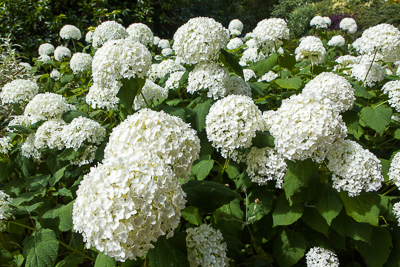
The huge flowers appear in midsummer with a slightly limey tint, before turning creamy white. Light green leaves turn to yellow in autumn and the faded flower heads hang on throughout the winter too.
For best results, plant this Hydrangea in partial shade in moist, well drained, humus rich soil – it will tend to droop if it doesn’t get enough water. It will grow in drier situations, but the growth won’t be as vigorous and the flower heads won’t be as large – but this can be an advantage as often their weight makes the supporting stems flop over. This is a plant that has definitely become more popular in recent years and it’s a firm favourite for flower arranging.
Garden tips: make sure you put in adequate support for the plants at the start of the season – that way you’ll avoid the stems getting damaged later on.
For more recommended plants with white flowers, take a look at some earlier ‘5 essential … ‘ posts:
plants for a relaxed country look
plants to brighten a shady corner

